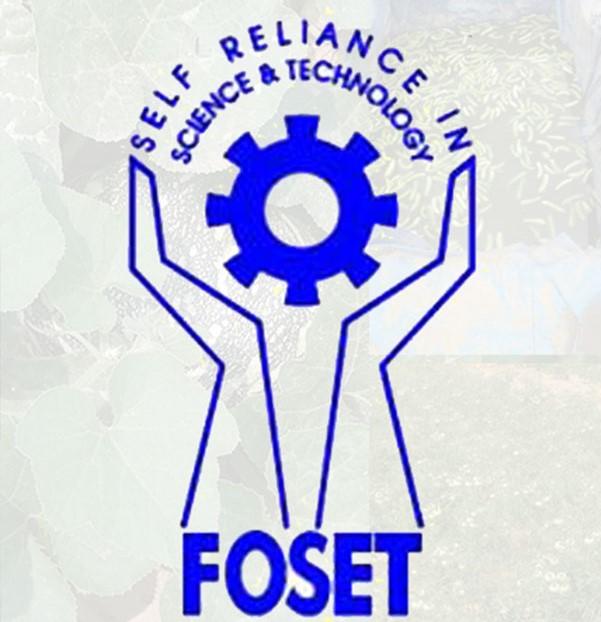Elimination of Anionic Dye from Wastewater through Coagulation/Flocculation process
Abstract
Effluents discharged from various textile industries are responsible for one of the major environmental pollution. Textile wastewater contains a variety of components some of which are exceedingly toxic to the environment. Several wastewater treatment technologies have been used from time to time by the researchers. Coagulation-flocculation has always been proven an effective treatment technology for removing dye pollutants. This research was conducted to study the maximum removal efficiency of the anionic dye from synthetic wastewater for the best coagulant or coagulant-flocculant combination. Comparing the results among the different coagulants and flocculants with same dosages it was observed that at 400 ppm concentration and at pH 7, polyaluminium chloride alone gave the best possible colour removal efficiency of 99.7%. Although both sodium alginate and sodium aluminate showed significantly good results when used as flocculants. Colour removal efficiency was also investigated for pH variation. Congo Red being an anionic dye showed maximum colour removal efficiency at acidic to neutral pH i.e., pH 5-7.
Downloads
References
Al-Tohamy, R., Ali, S.S., Li,F., Okasha,K.M., Mahmoud,Y.A.G., Elsamahy,T., Jiao,H., Fu, Y., Sun, J. (2022) A critical review on the treatment of dye-containing wastewater: Ecotoxicological and health concerns of textile dyes and possible remediation approaches for environmental safety, Ecotoxicology and Environmental Safety, 231, 113160, https://doi.org/10.1016/j.ecoenv.2021.113160.
Benkhaya, S., M' rabet, S., Harfi, A.E. (2020) A review on classifications, recent synthesis and applications of textile dyes. Inorganic Chemistry Communications, 115, 107891. https://doi.org/10.1016/j.inoche.2020.107891.
Harja, M., Buema, G. & Bucur, D. (2022), Recent advances in removal of Congo Red dye by adsorption using an industrial waste, Sci Rep, 12, 6087 https://doi.org/10.1038/s41598-022-10093-3.
Huh, J.H., & Ahn, J.W. (2017). A perspective of chemical treatment for cyanobacteria control toward sustainable freshwater development. Environmental Engineering Research, 22 (1), 1-11. https://doi.org/10.4491/eer.2016.155.
Islam MR, Mostafa MG (2018a) Removal of a Reactive Dye from Synthetic Wastewater Using PAC and FeCl3 coagulants. J. Life Earth Sci. 13:39–44
Lellis, B., Fávaro-Polonio, C.Z., Pamphile, J.A., Polonio, J.C. (2019) Effects of textile dyes on health and the environment and bioremediation potential of living organisms, Biotechnology Research and Innovation, 3(2), 275-290, https://doi.org/10.1016/j.biori.2019.09.001.
Patel, H., Vashi, R. T. (2010) Treatment of Textile Wastewater by Adsorption and Coagulation. E-Journal of Chemistry, 7 (4), 1468–1476. https://doi.org/10.1155/2010/987620.
Popuri, A.K., & Pagala, B. (2019) Removal of Dye from Textile Industry Dyeing Effluent Using Adsorption and Coagulation Methods. International Journal of Recent Technology and Engineering (IJRTE), 8 (4), 1490–1494. https://doi.org/10.35940/ijrte.D7629.118419.
Sarayu, K., and Sandhya, S. (2012). Current technologies for biological treatment of textile wastewater-A review. Appl. Biochem. Biotechnol. 167, 645–661. https://doi.org/10.1007/s12010-012-9716-6.
The, C.Y., Budiman, P.M., Yee Shak, K.P.,& Wu, T.Y. (2016). Recent Advancement of Coagulation–Flocculation and Its Application in Wastewater Treatment. Industrial & Engineering Chemistry Research , 55 (16), 4363-4389 https://doi.org/10.1021/acs.iecr.5b04703.

